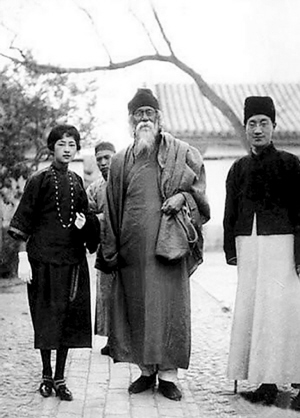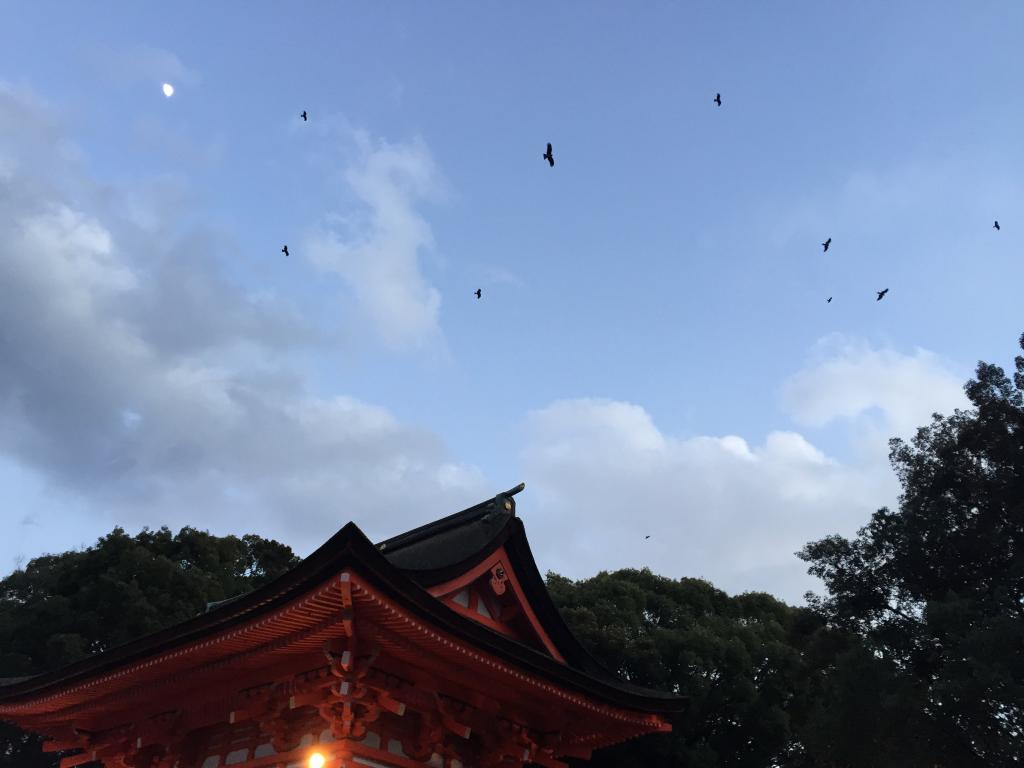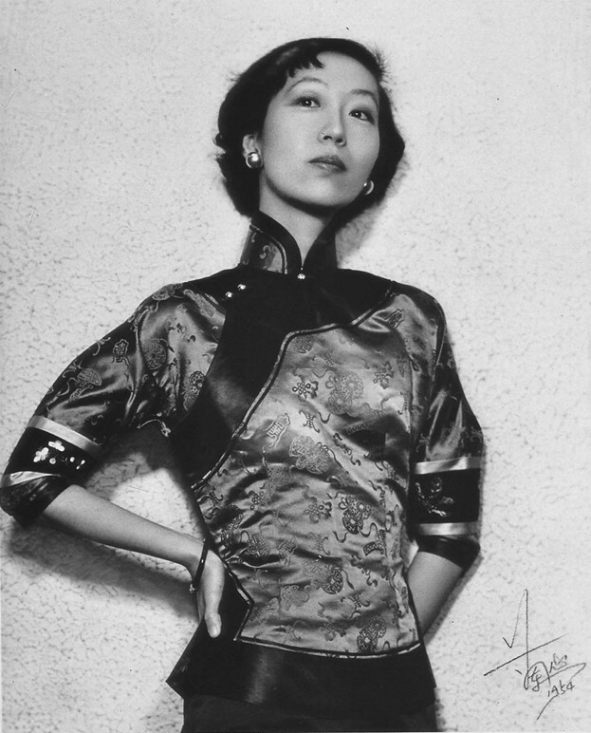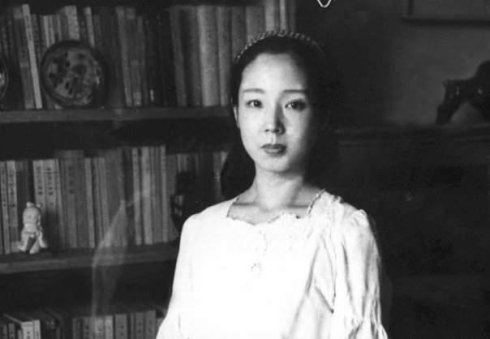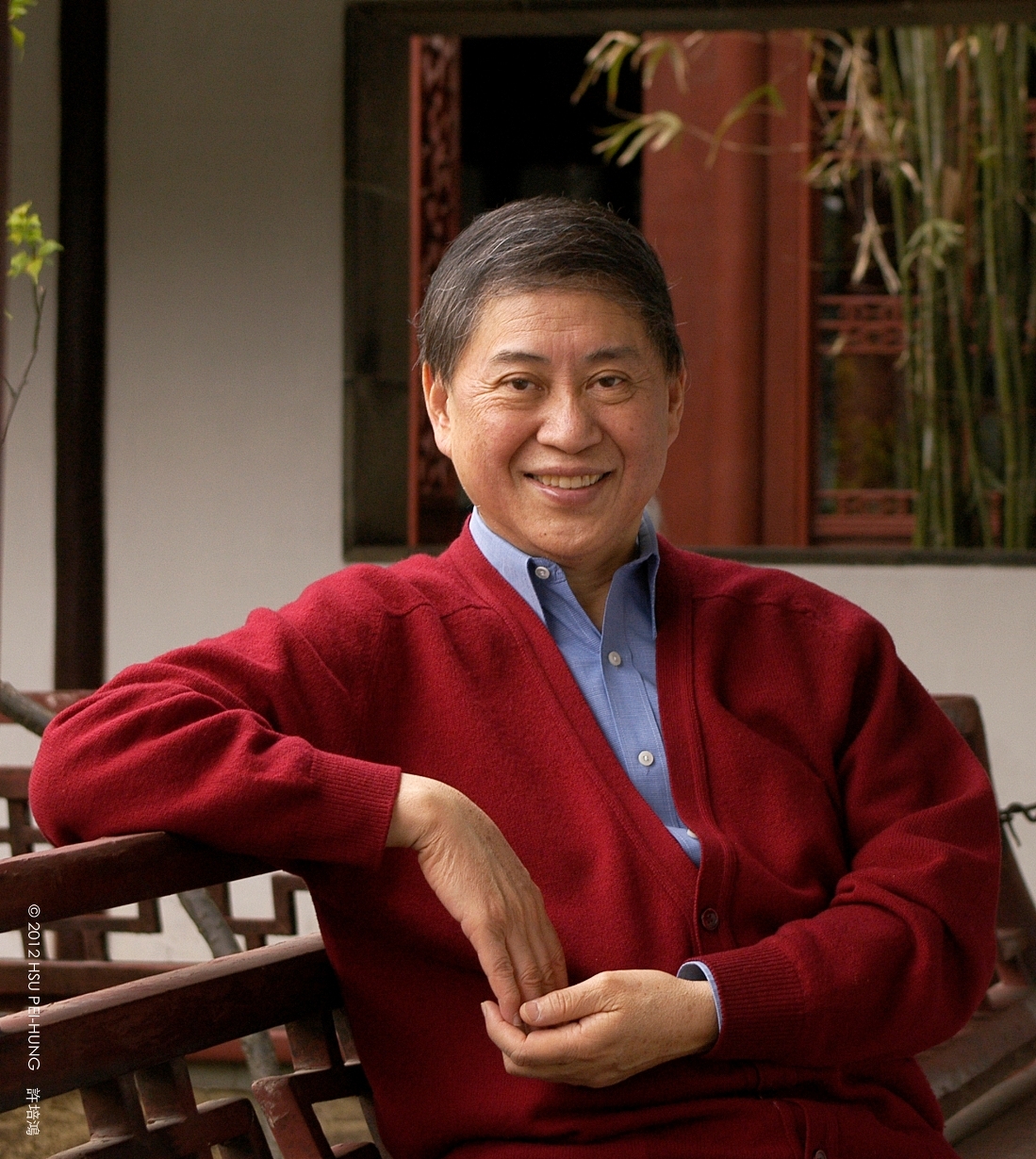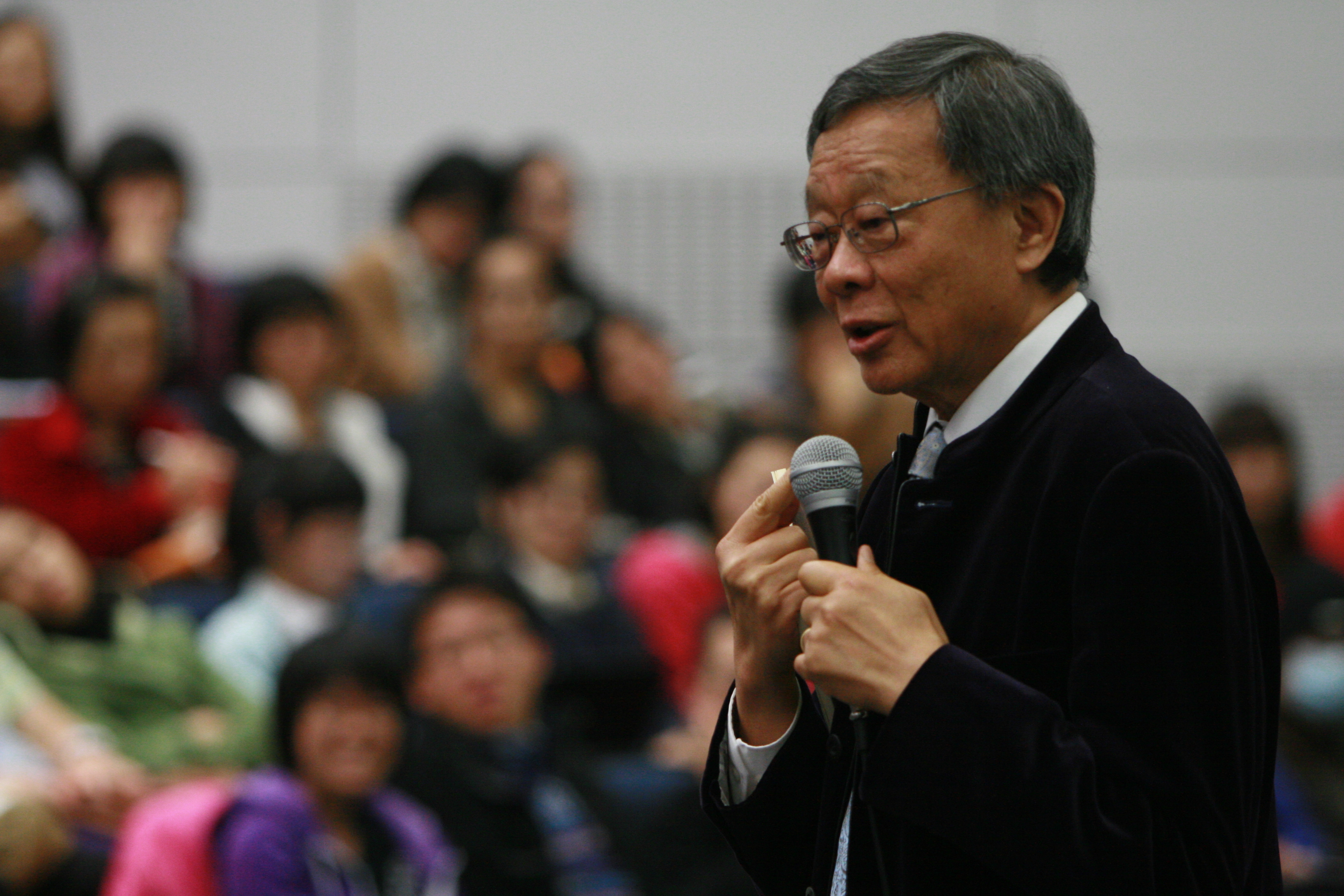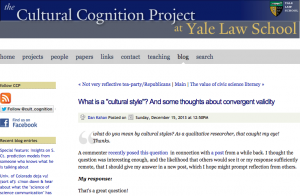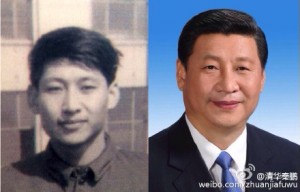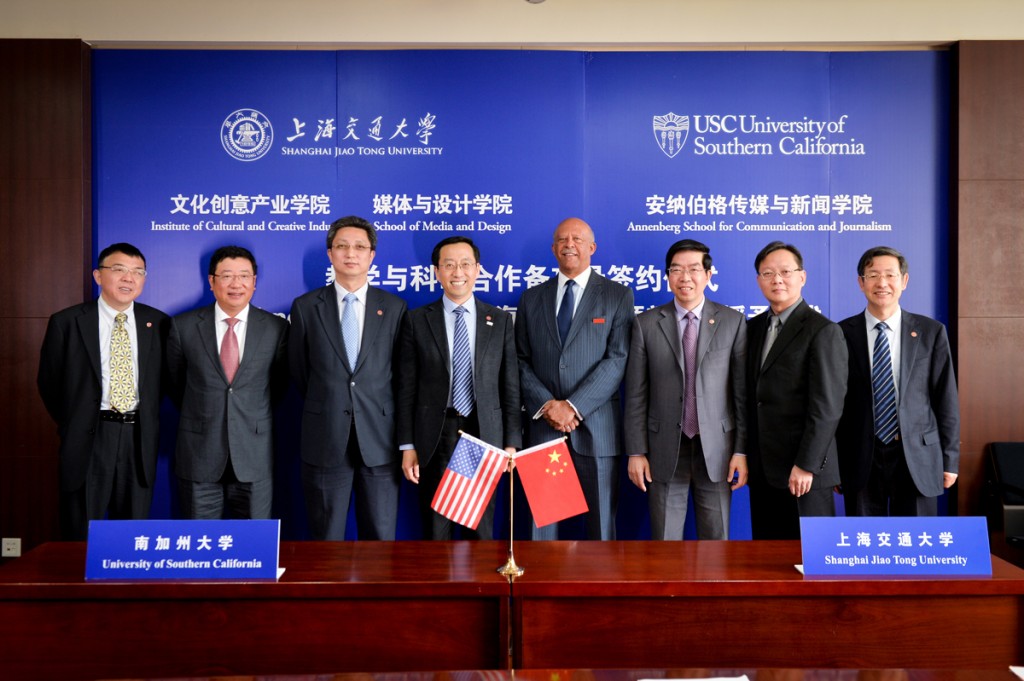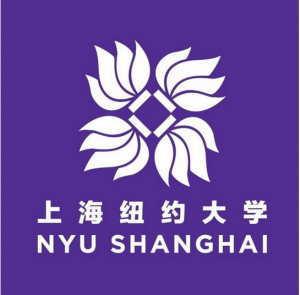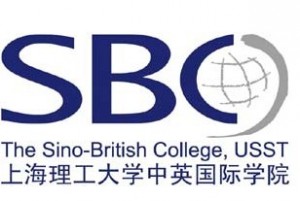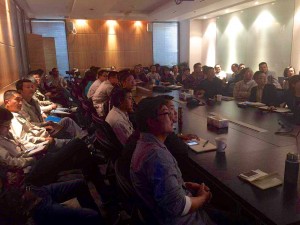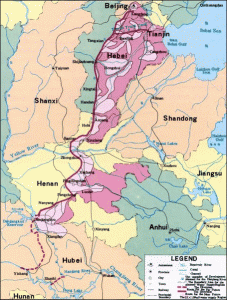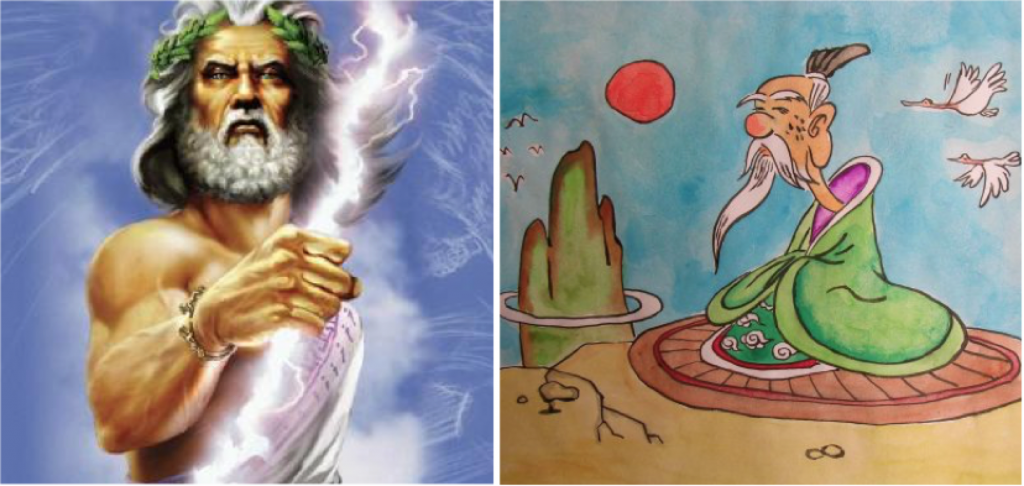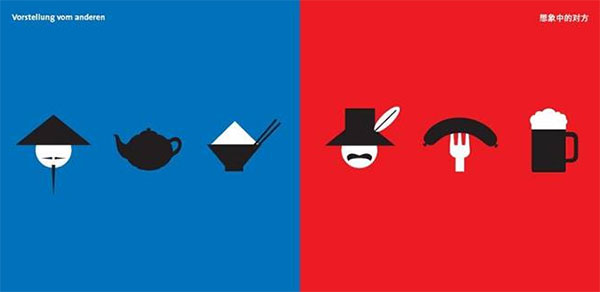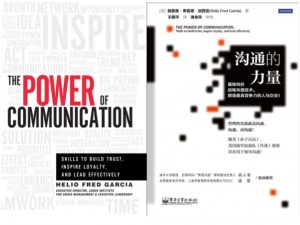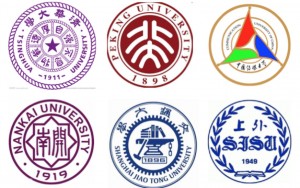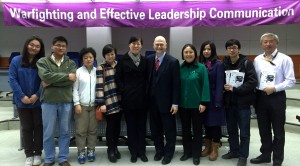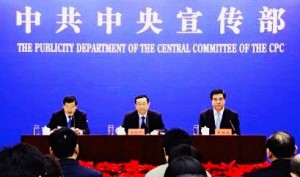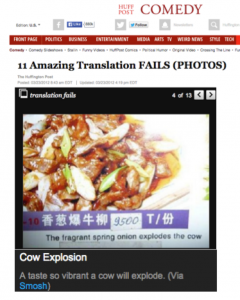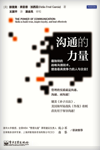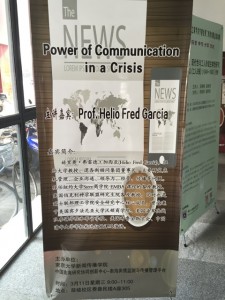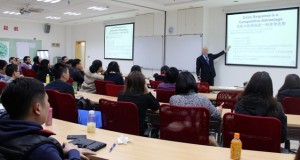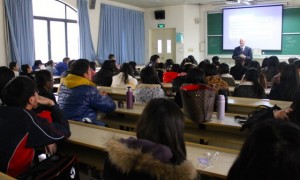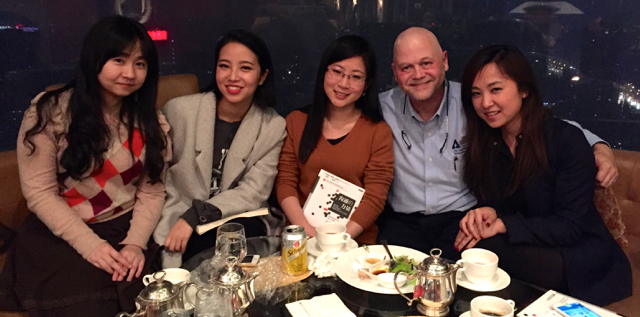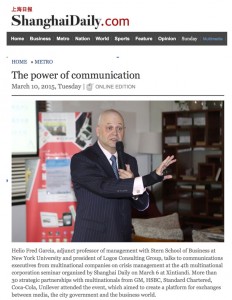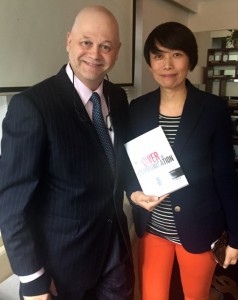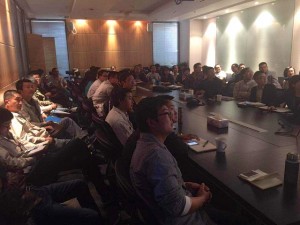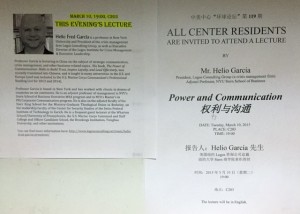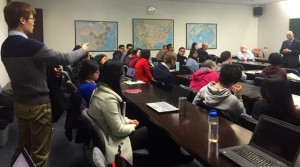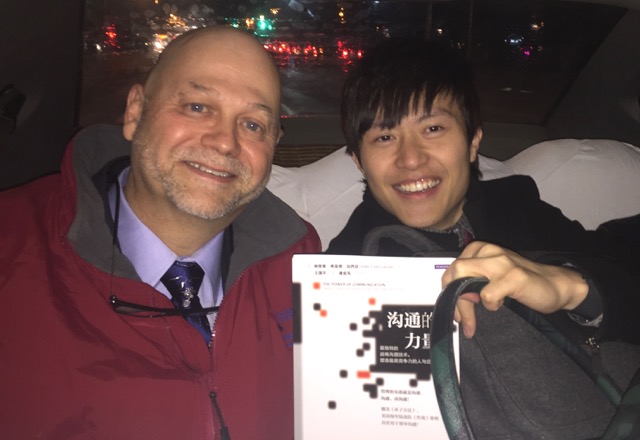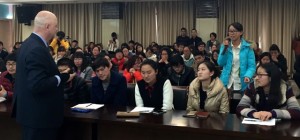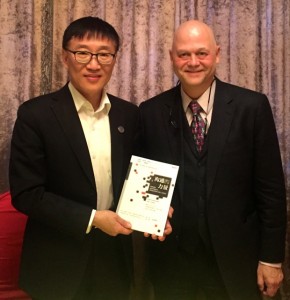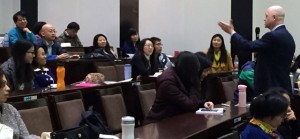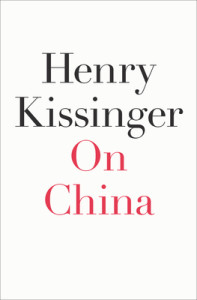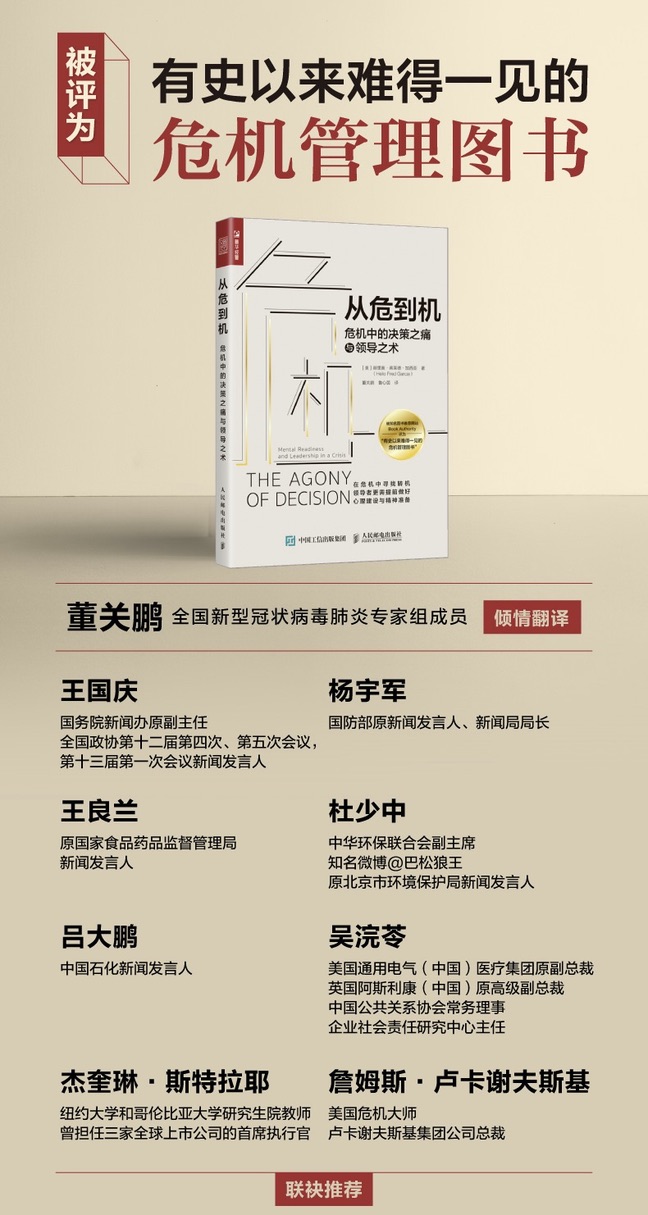
Logos Institute for Crisis Management and Executive Leadership Press is pleased to announce that the Chinese language translation of its book The Agony of Decision: Mental Readiness and Leadership in a Crisis has been published in Beijing.

The Agony of Decision is the first title published by Logos Institute for Crisis Management and Executive Leadership Press in July 2017.
The author is Logos Consulting Group president Helio Fred Garcia.
The Chinese publisher is Posts & Telecom Press, a leading publisher of business and non-fiction titles in China. The Chinese translation had been scheduled for publication in February 2020, but the lockdown due to the COVID-19 pandemic delayed publication. Given the continuing recovery in China that began in the last few weeks, the publisher is now positioning the book as an essential tool for Chinese leaders in all sectors to be able to restore trust of critical stakeholders that was lost in the pandemic.

As with the English edition, the Chinese edition is available as a physical book, an e-book, and an audio book. The Chinese language title is 从危到机: 危机中的决策之痛与领导之术, which translates roughly into English as From Danger to Opportunity: The Agony of Decision-Making and Leadership in Crisis.
The Chinese edition is available at all major Chinese online markets, including Dangdang, JD, Taobao (Alibaba), and Amazon China (e-book available for download only in China).
The Chinese edition was translated from English by Xinyin Lu, deputy director of the Institute of Corporate Communication at the Academy of Media and Public Affairs at the Communication University of China, and by Dr. Steven Guanpeng Dong, Chair Professor and Dean of the School of Government and Public Affairs at the Communication University of China, the leading Chinese university specializing in journalism, communication, documentary filmmaking, and related disciplines. Dr. Dong also wrote the foreword to the Chinese edition.
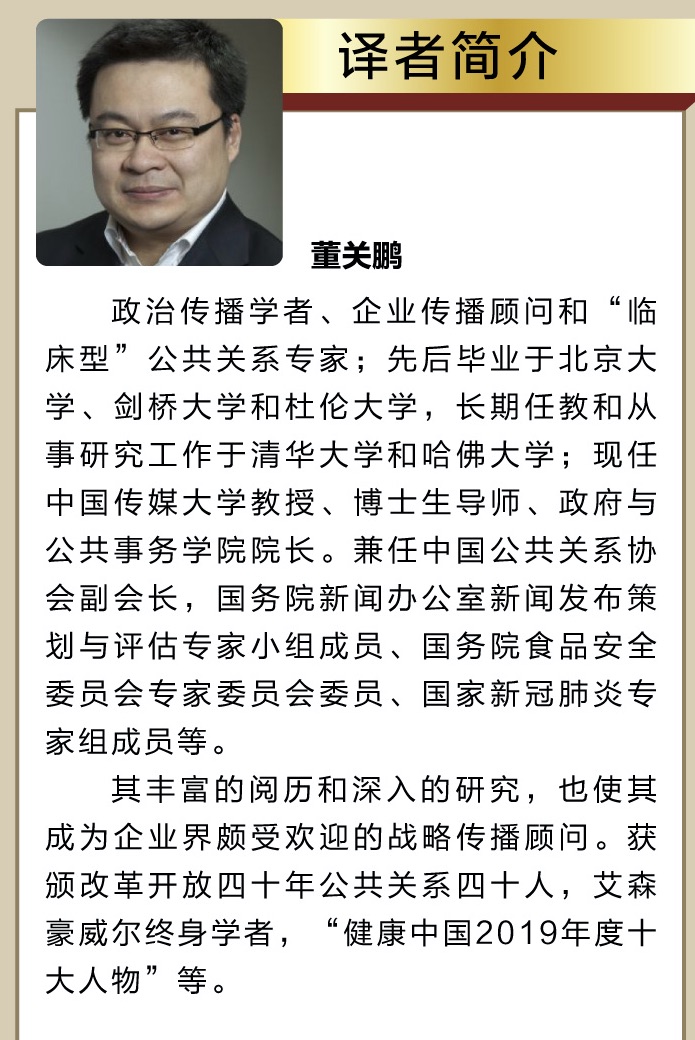
Dr. Steven Guanpeng Dong, translator and author of the foreword.
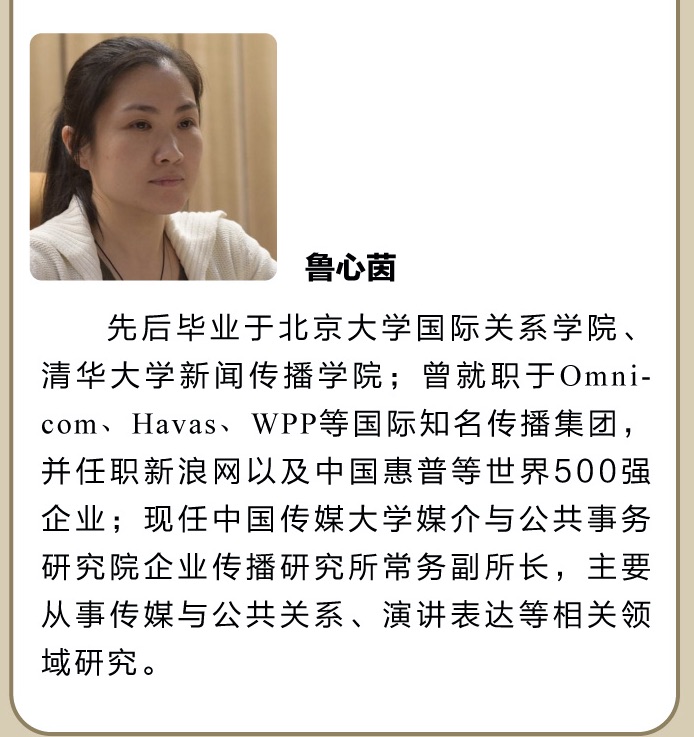
Translator Xinyin Lu
The Chinese edition of The Agony of Decision has been endorsed by:
- Yang Yujun, dean of the Academy of Media and Public Affairs at the Communication University of China, former head of the Information Bureau of the Ministry of National Defense of China, and former spokesperson for the Ministry of National Defense of China. Both Yang and Dr. Dong are part of the Expert Committee for the COVID-19 pandemic in China.
- Du Shaozhong, vice chair of All-China Environment Federation (ACEF), and former deputy director and spokesperson for the Beijing Municipal Environmental Protection Bureau.
- Wang Lianglan, former spokesperson for The National Medical Products Administration (the FDA of China)
- Lv Dapeng, spokesperson for China Petroleum & Chemical Corp. (NYSE: SNP, $1,217B market cap)
- Wu Huanling, managing director of China Public Relations Association (CPRA), former vice president of General electric medical system (China) Co., Ltd.,
Dr. Steven Guanpeng Dong
The Chinese edition was made possible by Dr. Steven Guanpeng Dong, Chair Professor and Dean of the School of Government and Public Affairs, and Provost for Faculty of Professional Studies, Executive Education and Continuing Education at the Communication University of China.
Dr. Dong is also Vice Chairman of the China Public Relations Association (CPRA) and Vice Chair of Communication and Education, All-China Federation of Industry and Commerce.
He is one of the official advisors for transparent governance, strategic communications and crisis management for the State Council Ministries.
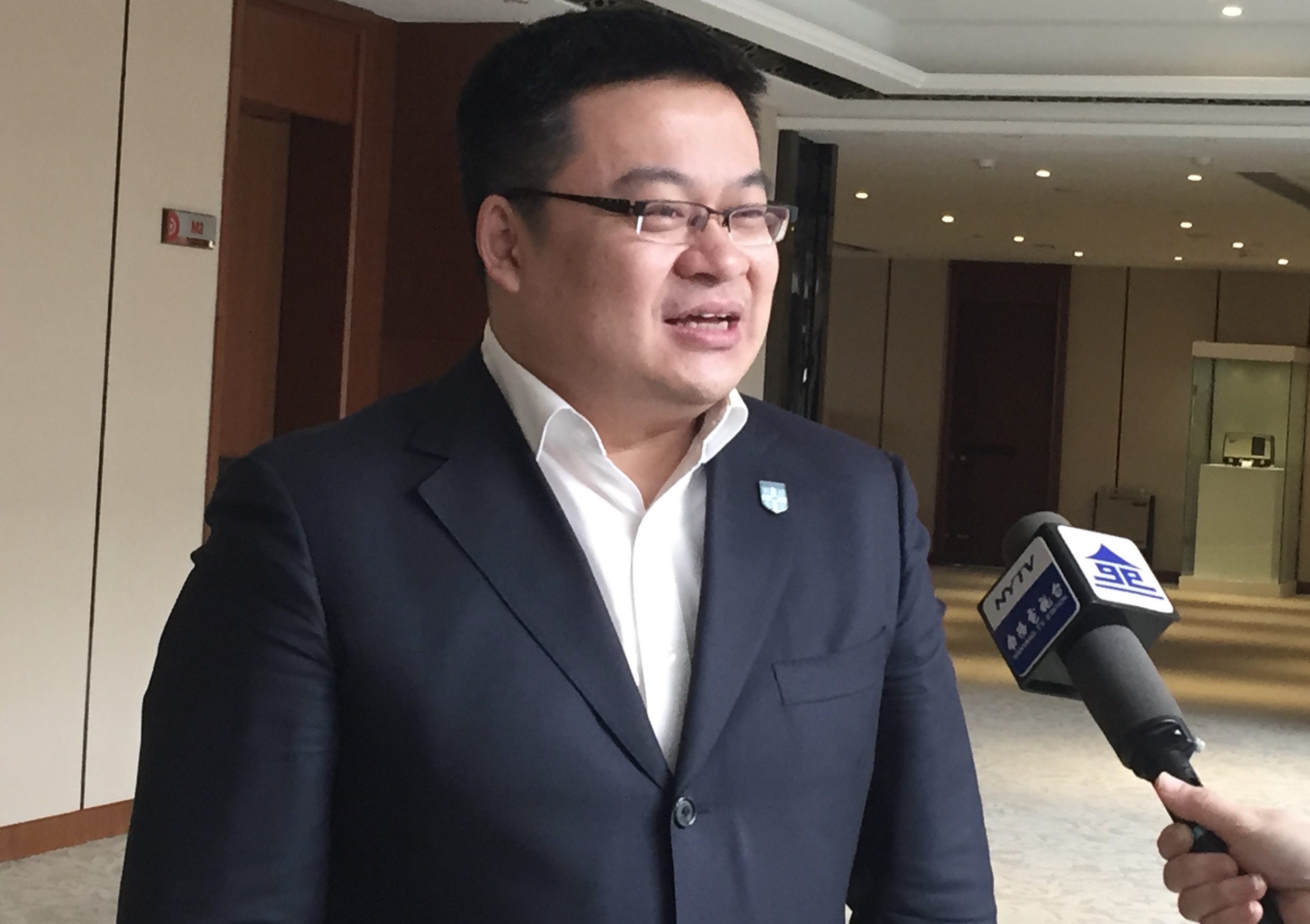
Dr. Steven Guanpeng Dong conducting a television interview at Communication University of China, 2015
Prior to his current appointments, Dr. Dong was a presenter for the BBC World Service in London and a morning news anchor for the China Central Television (CCTV).
Dr. Dong was among the founders of Journalism School and the founding Chair and former director of the Institute of Public Relations and Strategic Communications at Tsinghua University. He is also a very popular professor of strategic communications for the prestigious EMBA, EDP and DBA programs at Tsinghua University.
He was appointed the Shorenstein Fellow on the Press, Politics and Public Policy at the Kennedy School of Government, Harvard University in 2009, and most recently as an Eisenhower Fellow by the Eisenhower Fellowships in Philadelphia, USA.
In 2019, Logos Institute for Crisis Management and Executive Leadership awarded Dr. Dong its Outstanding Leader Award in recognition of his consequential professional achievement that sets the standard to which other leaders may aspire; his use of strategic communication to change the world; and having inspired and empowered the next generation of leaders through teaching, mentoring, for their advocacy on behalf of others.
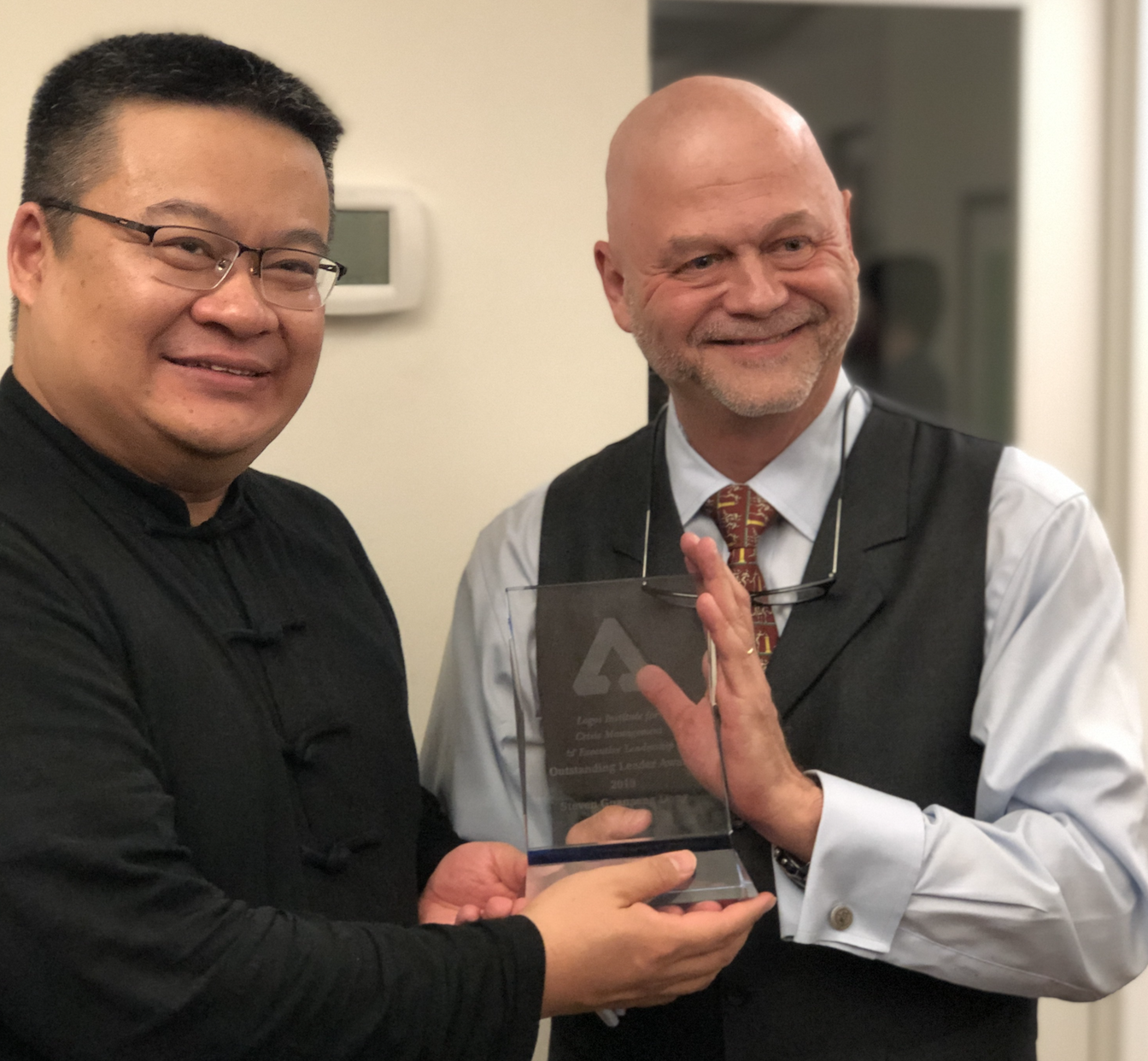
Logos president Helio Fred Garcia presenting the Logos Institute Outstanding Leader Award to Dr. Steven Guanpeng Dong, May, 2019
The Agony of Decision: Mental Readiness and Leadership in a Crisis is about how leaders and the organizations they lead can maintain reputation, trust, confidence, financial and operational strength, and competitive advantage in a crisis. First, by thinking clearly; second by making smart choices; and third by executing those choices effectively.
But making smart choices in a crisis can be agonizing.
The difference between leaders who handle crises well and those who handle crises poorly is mental readiness: the ability some leaders exhibit that allows them to make smart choices quickly in a crisis. And this ability creates real competitive advantage. One of the predictable patterns of crisis response is that the severity of the crisis event does not determine whether an organization and its leader get through a crisis effectively. Indeed, two organizations, similarly situated, can see dramatically different outcomes based on the quality and timeliness of their individual responses to the crisis events.
And the ability to respond effectively in a timely way is a consequence of mental readiness. This book is for leaders of organizations who need to be good stewards of reputation, trust, and confidence; and for those who advise those leaders, whether in public relations, or law, or other business disciplines.
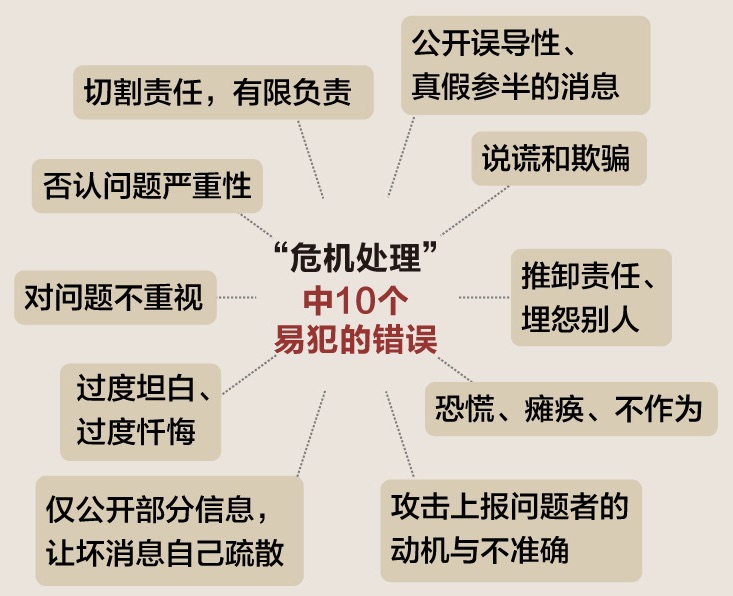
Graphic of The Ten Most Common Mis-Steps in a Crisis, from the Chinese Edition of The Agony of Decsion
In 2018 The Agony of Decision was named one of the Best Crisis Management Books of All Time (#2 of 51) by the leading nonfiction book review site BookAuthority. It is currently listed #3 of 100 All-Time Best Crisis Management Books. BookAuthority uses a proprietary technology to identify and rate the best nonfiction books, using dozens of different signals, including public mentions, recommendations, ratings, sentiment, popularity and sales history.
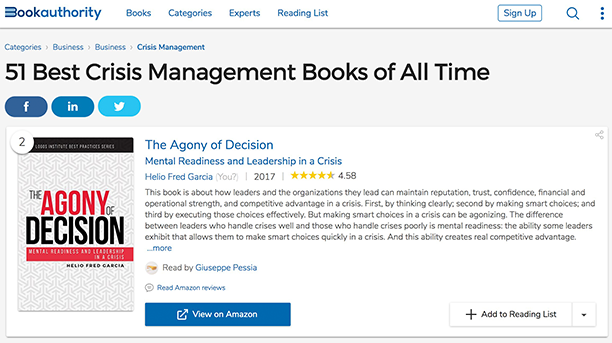
The Agony of Decision has been adopted in a number of universities and professional schools in the United States and abroad.
Garcia was planning a teaching and speaking trip to China in conjunction with the publication of the Chinese edition. But the COVID-19 crisis in the United States makes such a visit impossible for the foreseeable future.
Logos Institute Thought Leadership in China

Logos Institute for Crisis Management and Executive Leadership has been a thought leader in China for nearly ten years.
The Agony of Decision is the second book by Helio Fred Garcia to be published in Chinese. The first was his 2012 book The Power of Communication: Skills to Build Trust, Inspire Loyalty, and Lead Effectively.
In 2014 Power of Communication was published in Chinese by Pearson Education Asia Ltd in Hong Kong and Publishing House of Electronics Industry in Beijing under the title 沟通的力量.
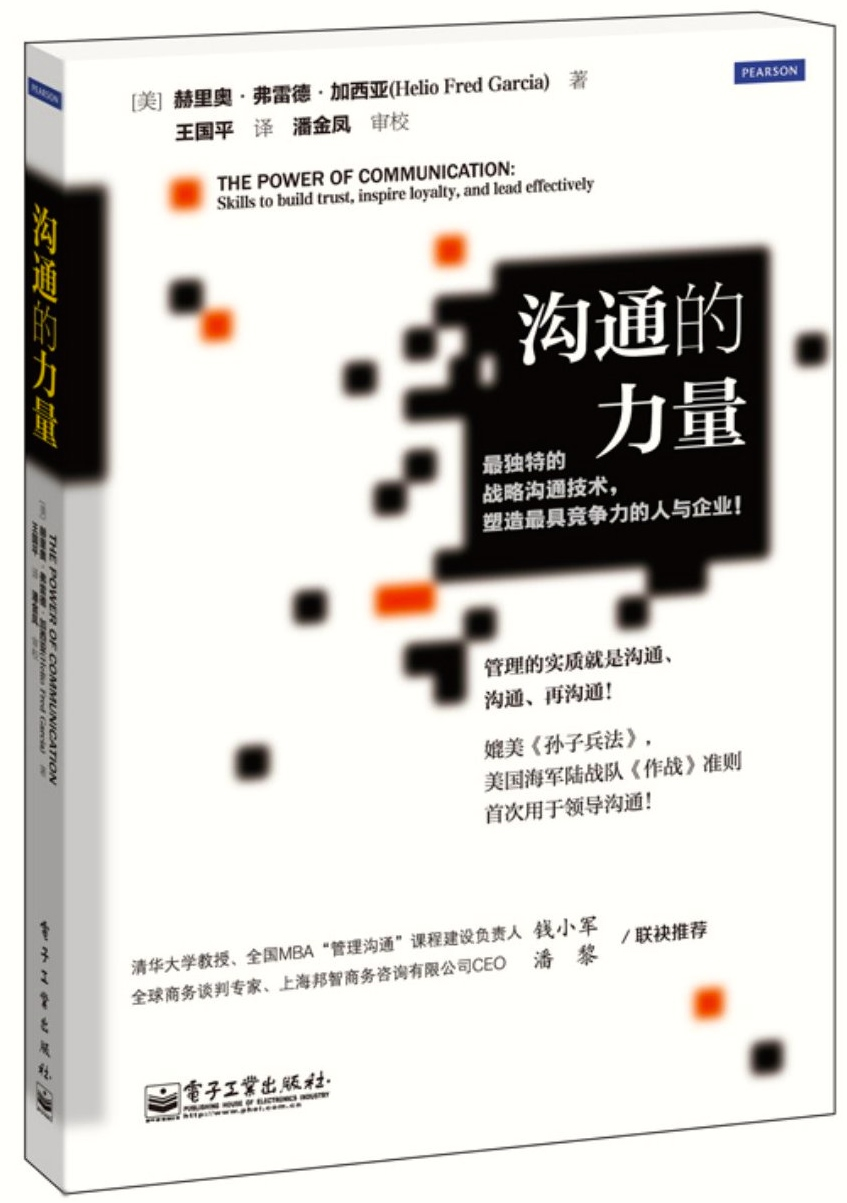
In 1991, Logos president Helio Fred Garcia was invited to be an International Distinguished Scholar at Tsinghua University as part of an international exchange on crisis management among academics, business leaders, the government, and outside experts. Tsinghua is consistently named the top one or two university in China.
At Tsinghua, Garcia taught graduate students in the Institute for Public Relations and Strategic Communication of the School of Journalism and Communication.
He also taught at a number of Chinese government ministries, including the Ministry of Finance and the Chinese Food and Drug Administration. And he did a workshop for the chief spokesperson of all the ministries. He also keynoted conferences for a number of non-governmental organizations and associations.
In 2015, in conjunction with the Chinese language publication of The Power of Communication, Garcia conducted an extensive teaching and speaking tour of China.
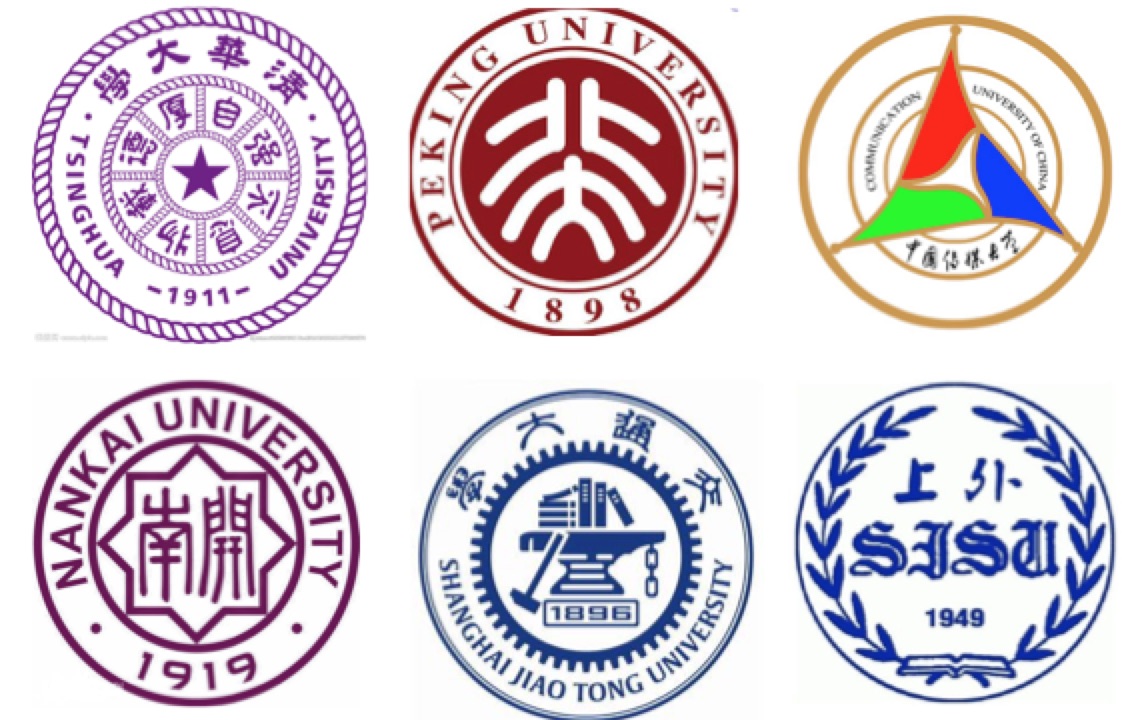
He taught in both the MBA and graduate communication programs of more than a dozen leading universities, including Tsinghua University, Peking University, Shanghai Jiaotong University, Nankai University, Communication University of China, and Nanjing University He also delivered keynotes at major corporate events.
Since 2015, Garcia has been a Senior Fellow at the Institute of Corporate Communication at Communication University of China.
In addition to The Agony of Decision and The Power of Communication, Garcia is co-author (with John Doorley) of Reputation Management: The Key to Successful Public Relations and Corporate Communication, fourth edition pending July, 2020, third edition 2015; second edition 2011; first edition 2007 by Routledge, Taylor & Francis Group; Korean language edition 2016 by Alma Books, Seoul, Republic of Korea. His two-volume book Crisis Communications was published by AAAA Publications in 1999.
Garcia’s next book, due in June 2020, is Words on Fire: The Power of Incendiary Language and How to Confront It.

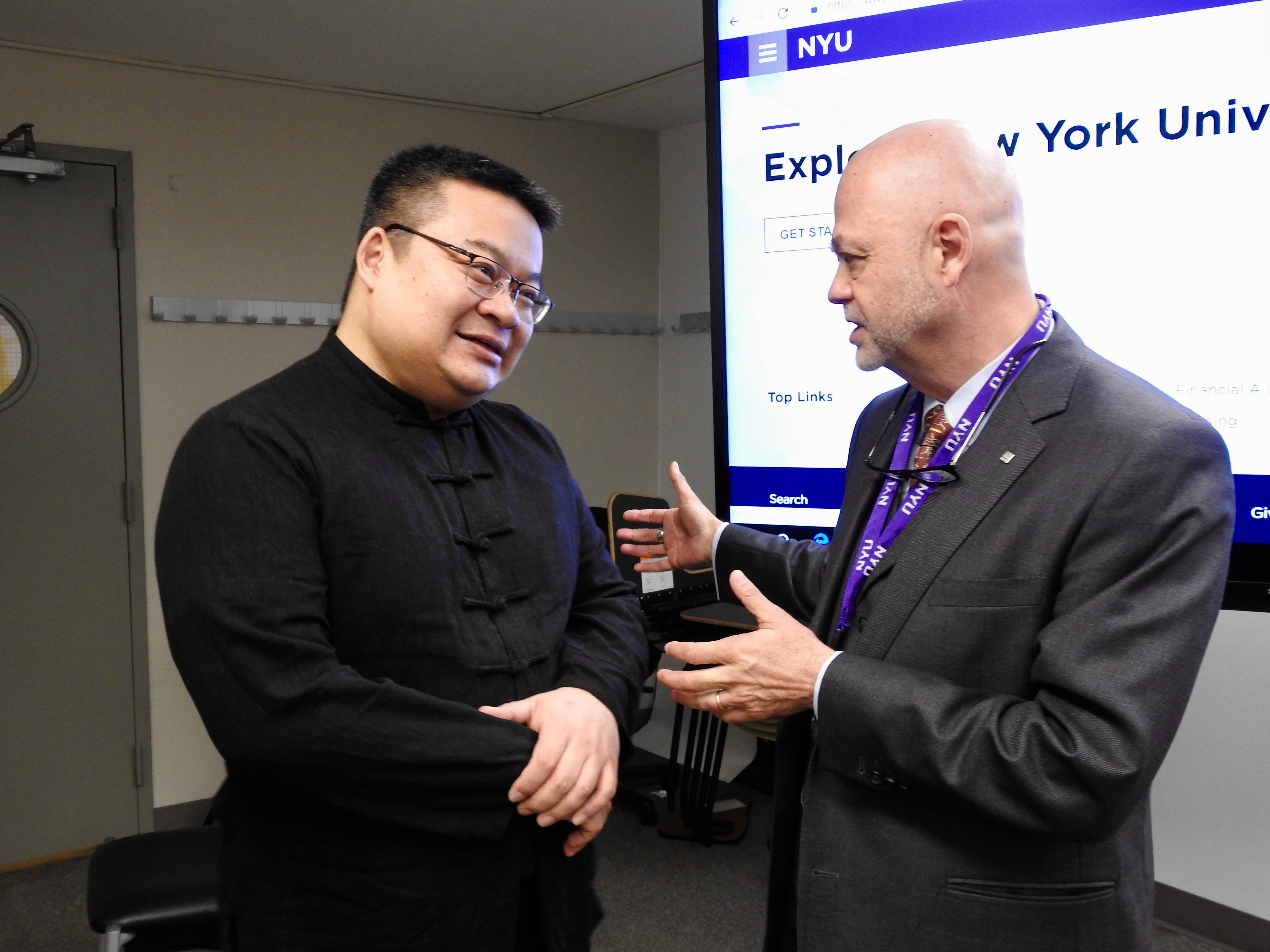
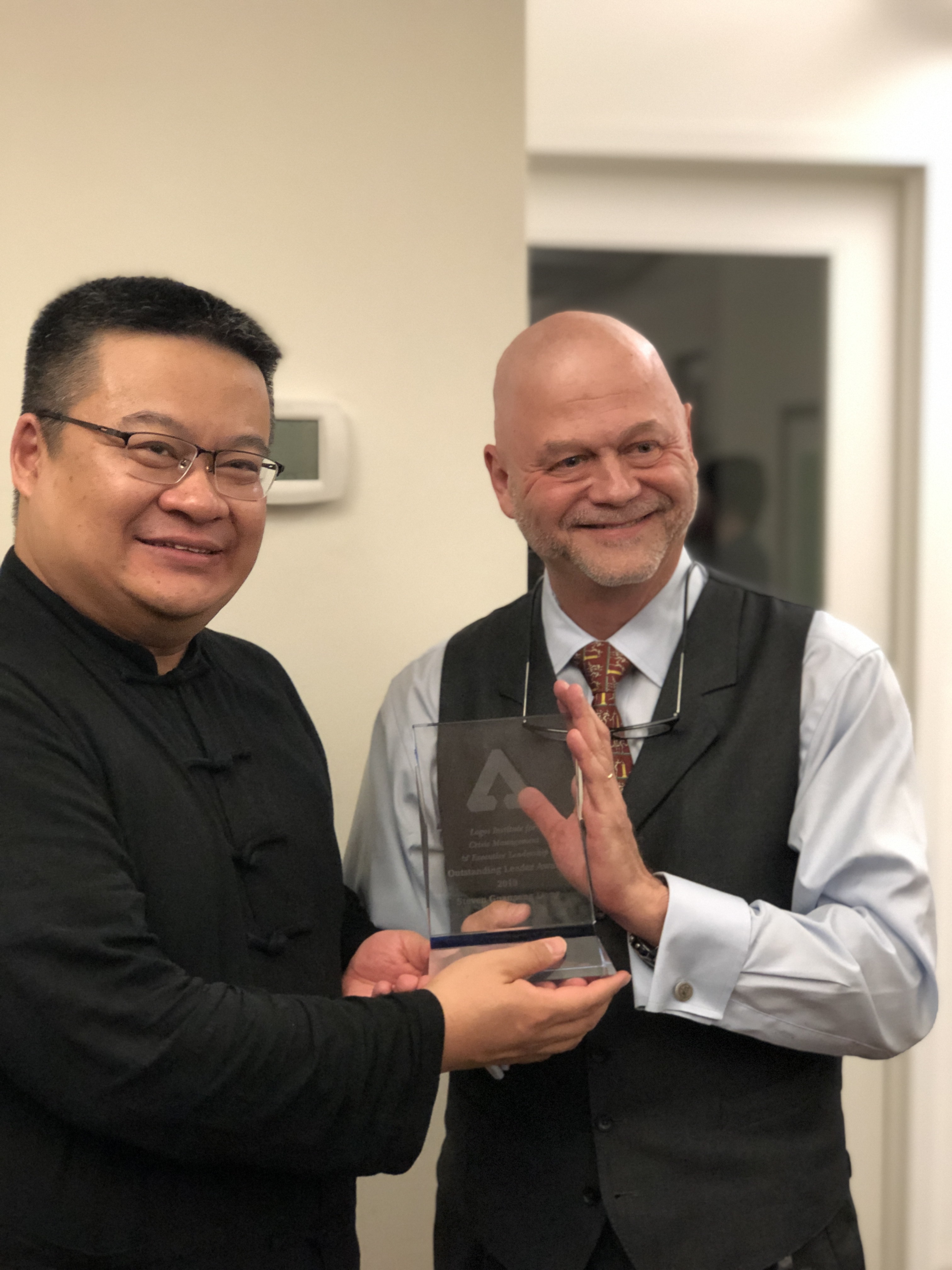


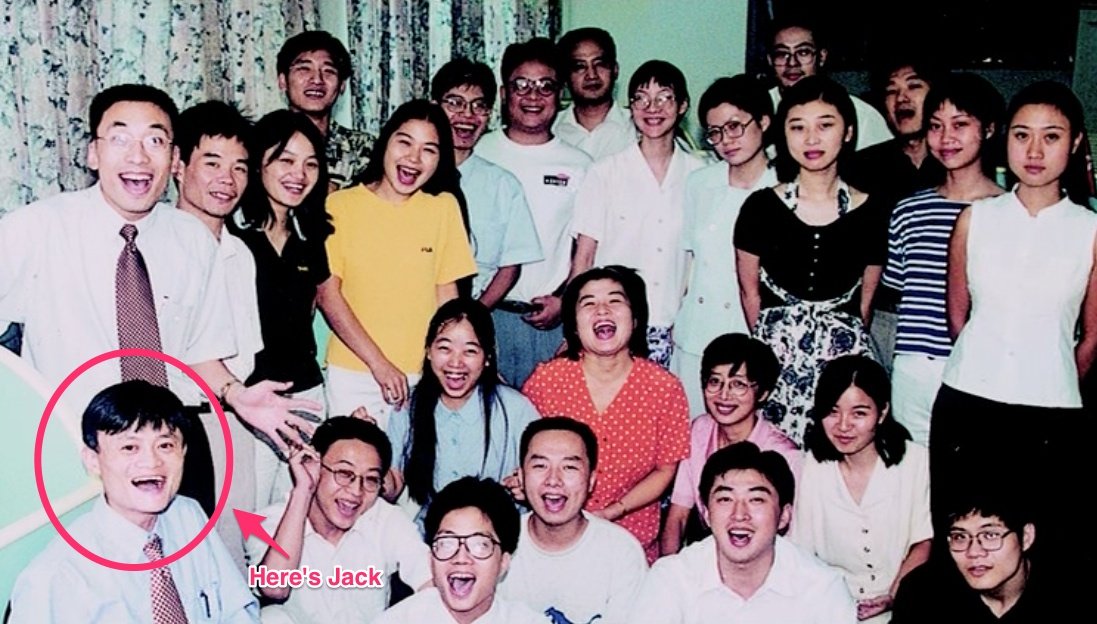

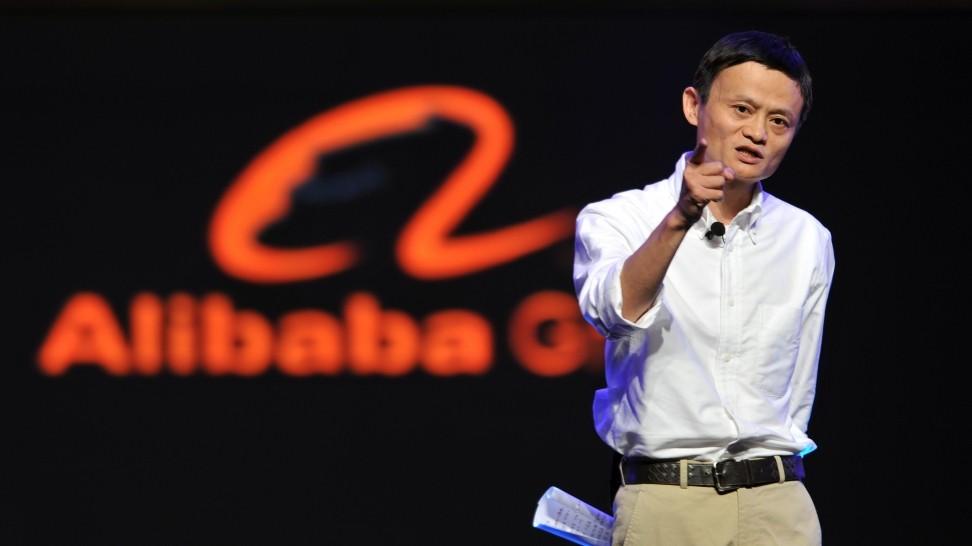
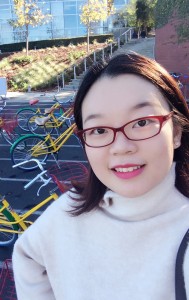
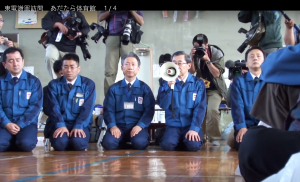

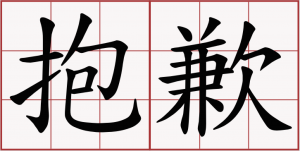






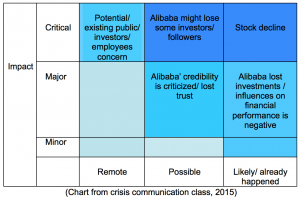
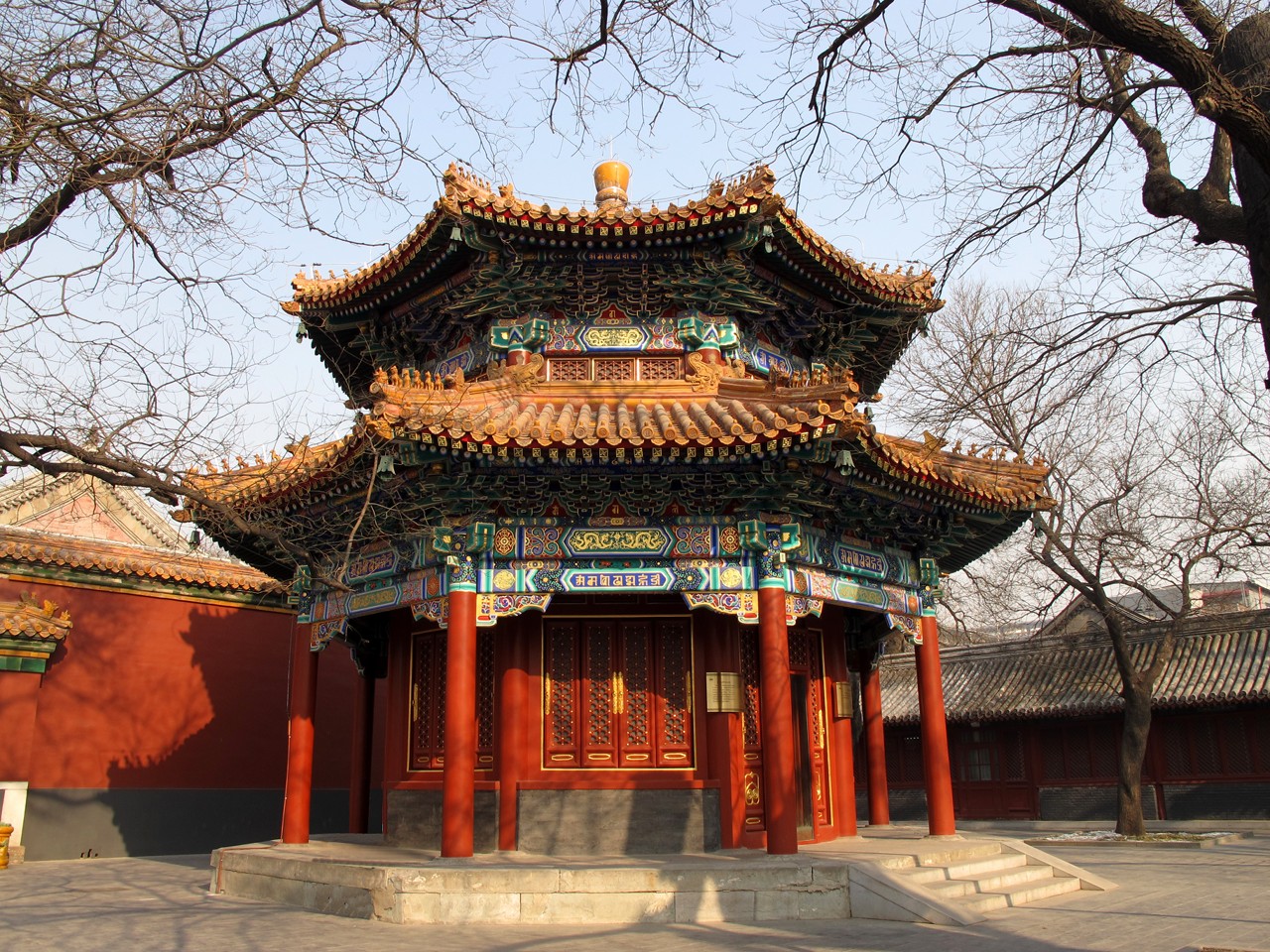


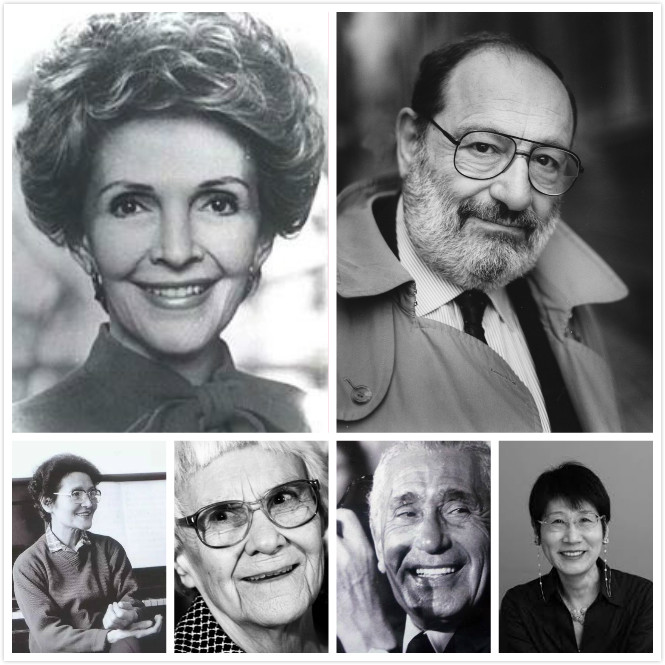
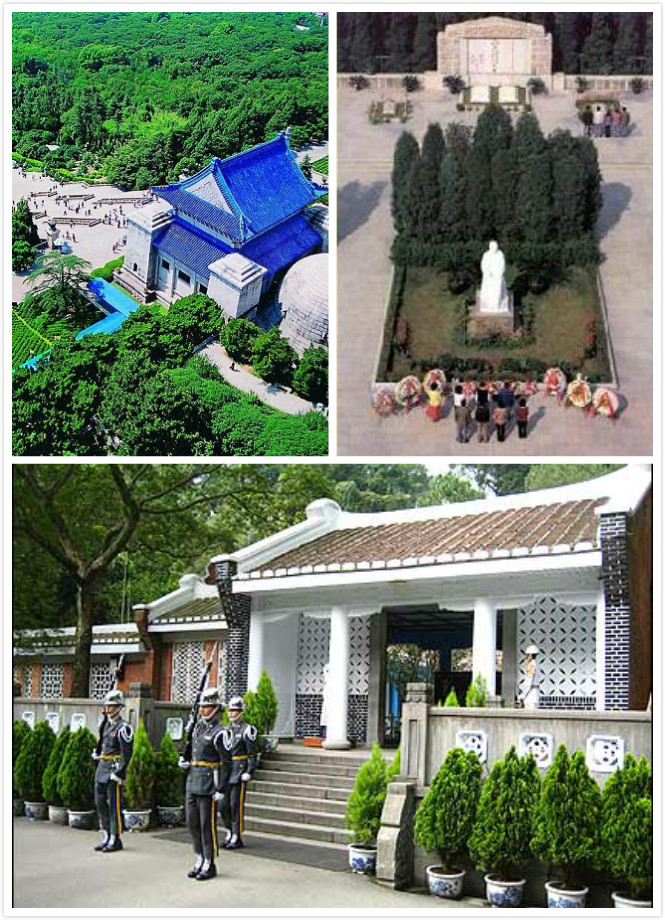
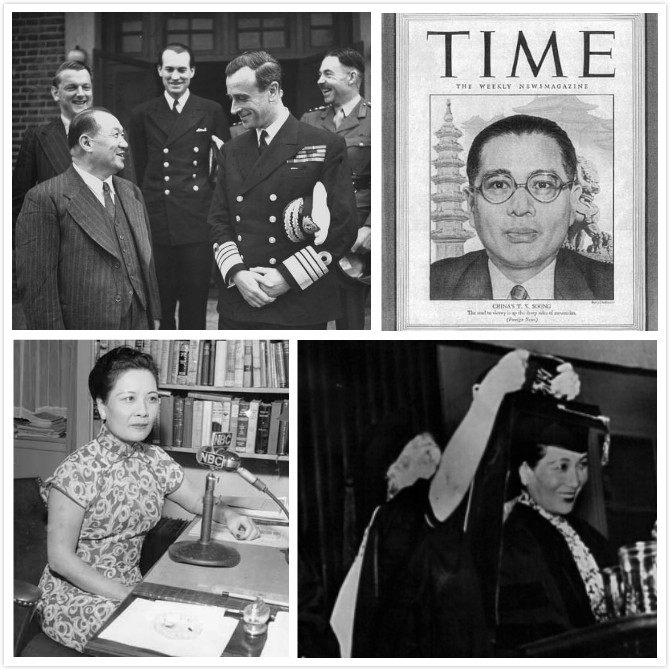
 (Photo of the members of the commission of the League of Nations created by the Plenary Session of the Preliminary Peace Conference, Paris, France, 1919.Wellington Vi Kyuin Koo is the 4th standing from right to left.)
(Photo of the members of the commission of the League of Nations created by the Plenary Session of the Preliminary Peace Conference, Paris, France, 1919.Wellington Vi Kyuin Koo is the 4th standing from right to left.)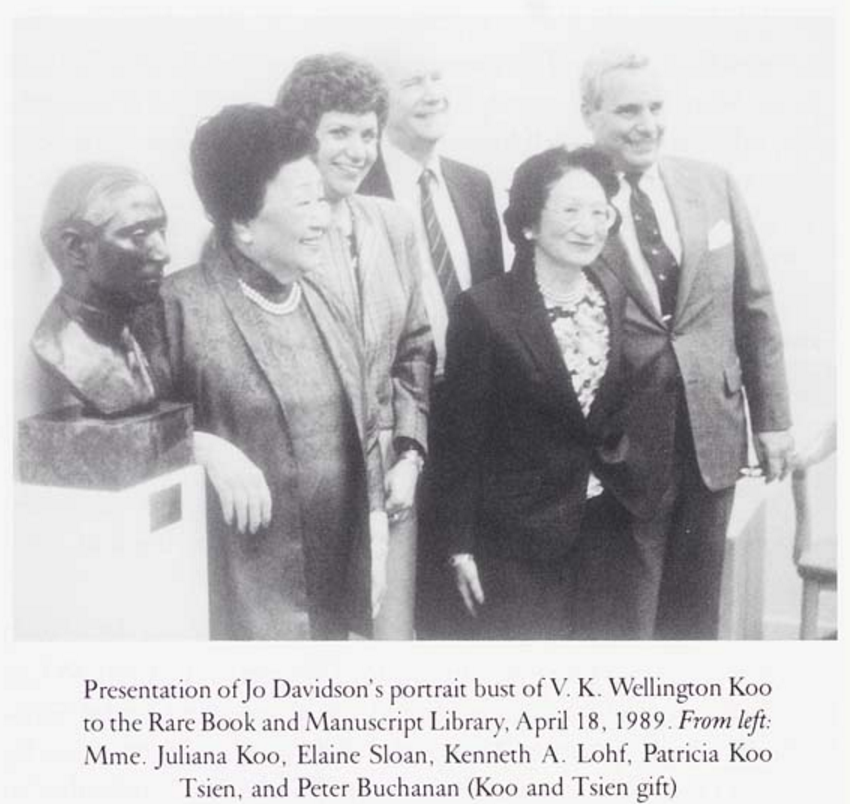 (Patricia Koo Tsien in 1989. Source: Columbia Library columns)
(Patricia Koo Tsien in 1989. Source: Columbia Library columns)